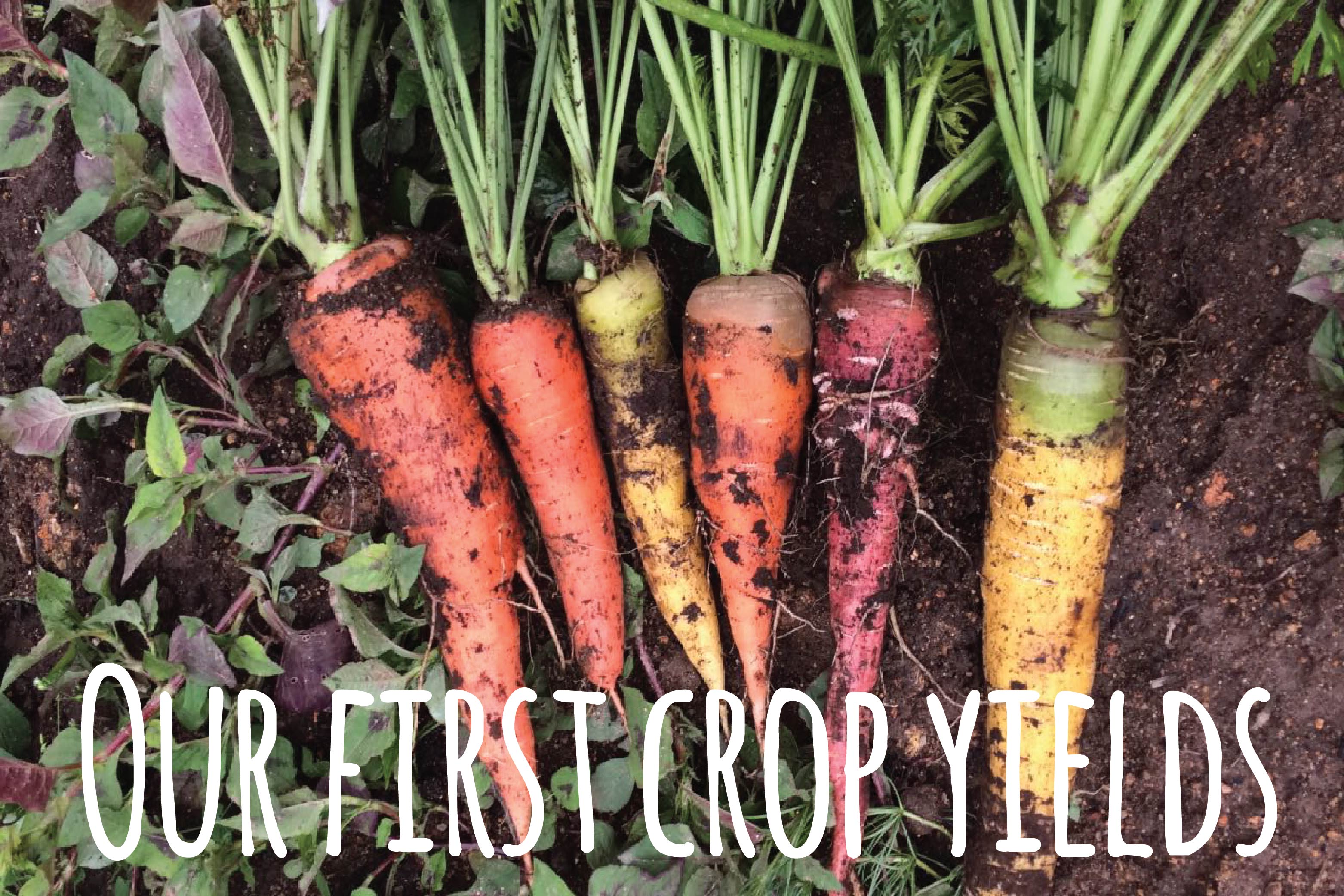
This post is about the first bunch of vegetables and food crop we harvested from what we planted.
To begin with, we'd only used around 3 of our terraces to grow crops on an experimental basis. I tried out combinations of plants from what I'd read about companion planting to understand what worked best. We also planted fruit trees on each terrace to stabilize the edges and provide a perennial harvest. These are the results of what worked and what didn't.
Brassicas
The first to germinate was the brassica bed. We'd planted radish, kale and cauliflowers.

The radishes were the most successful and thriving. A heat wave in March killed the kale and cauliflower. It took us a while to acquire and get our water pump running and in the intermittent period, the heat was too much for them to survive. The radishes matured fully and even developed seed which we saved for the next growing season.
Amaranth
Amaranth is a versatile crop whose leafs and seeds are edible. They're also dynamic accumulators which means they fix nutrients in the soil. Our bed had originally meant to be a nitrogen fixing bed with other other crops like fenugreek and bush beans. The amaranth was the only crop that survived the heat wave and grew to an impressive 8 feet and taller.
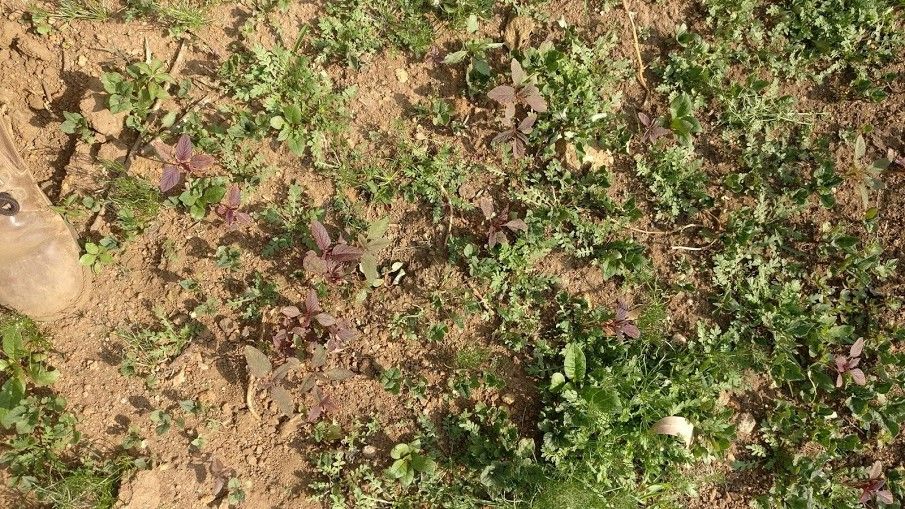
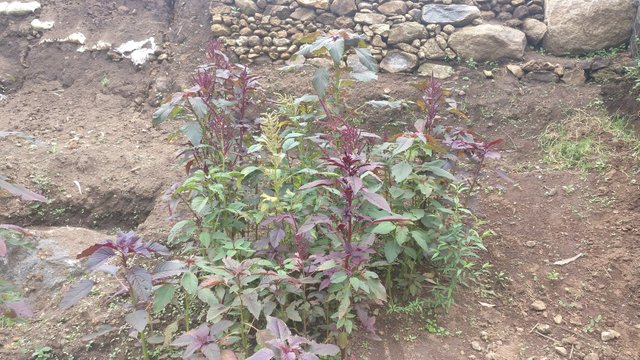
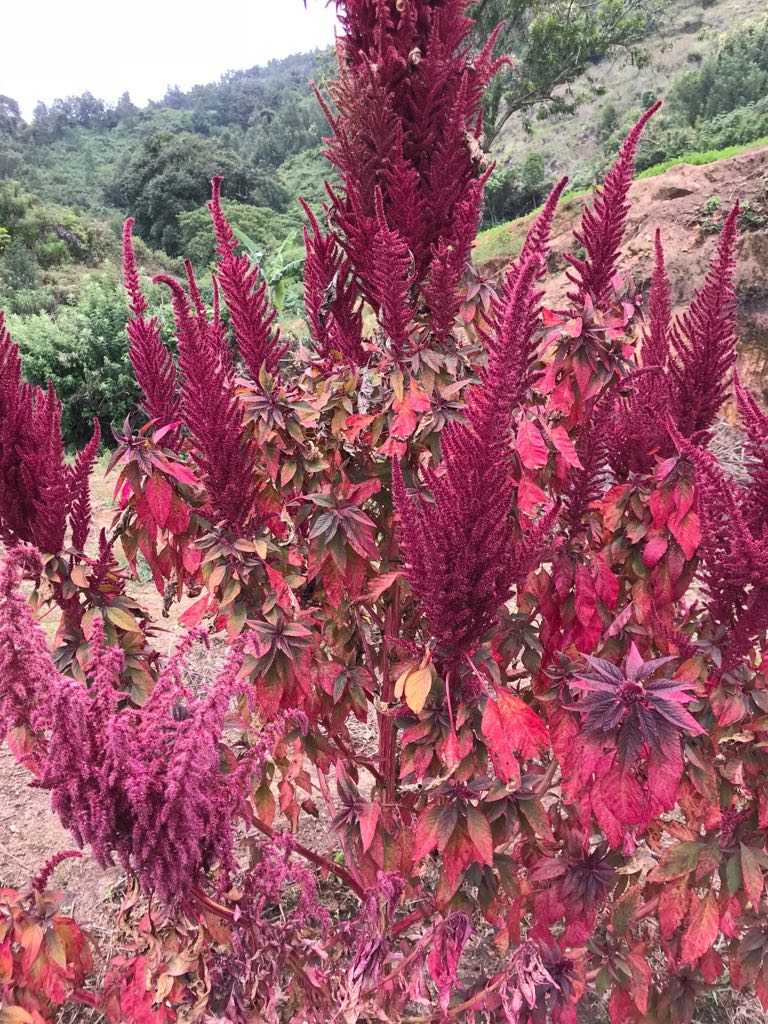 We used the leaves to cook with, and saved the seeds for later use. It's a useful plant that not only brightened our landscape with its vivid purple, but also provided several uses.
We used the leaves to cook with, and saved the seeds for later use. It's a useful plant that not only brightened our landscape with its vivid purple, but also provided several uses.
The Three Sisters
The three sisters comprise of corn, beans and squash. They were used by ancient Native Americans as a self sufficient way of planting. The corn grows straight up and provides a support for the beans to grow around. The squash then grows radially outwards preventing weeds from occupying the space. All three crops have different root structures and can exist within the same space with no competition between them. As soon as I heard about this theory, I wanted to try it out. We used a variation of it where we replaced the squash with pumpkins and watermelons and also grew nasturtiums along the side as a way to deter pests. The biggest problem was with germination. Not all the seeds germinated, and as our soil was still relatively unused perhaps it didn't have enough nutrients to support all three crops. We still got around 6 corn cobs, and 4 pumpkins and melons from the 25 or so we had planted. I'm excited to try this again after building some soil health as it is a beautiful system you can read more about here.
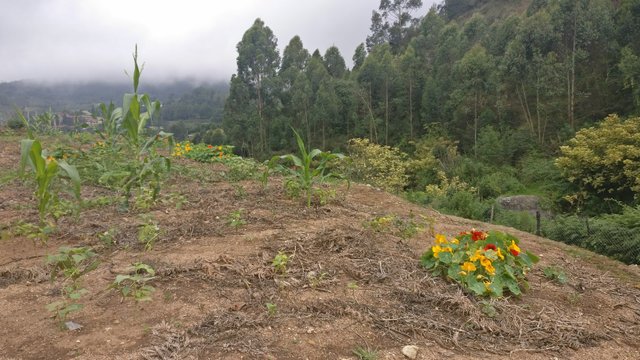
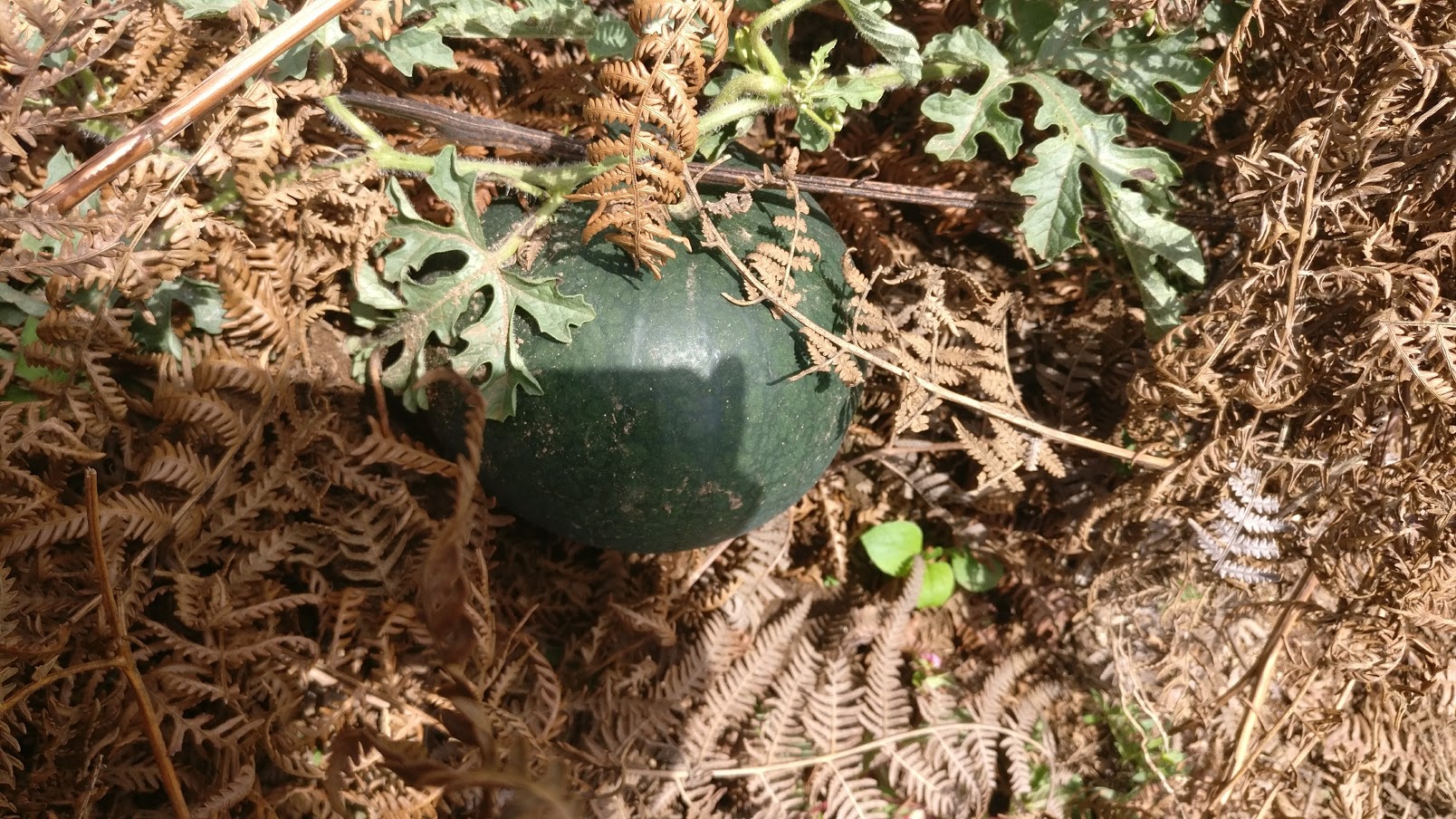
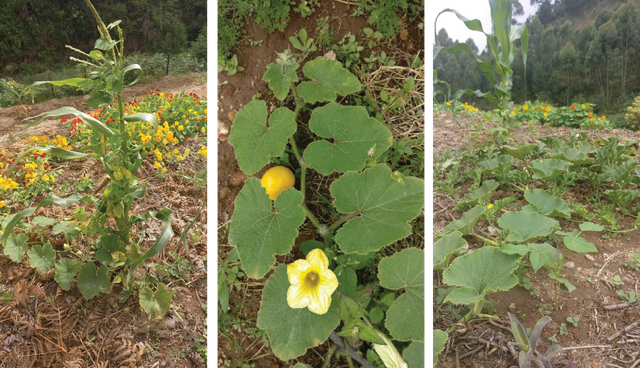
Carrots + Tomatoes
Carrots and tomatoes are well known companion plants and there's even a book by the name Carrots Love Tomatoes. I thought I'd try them out and this turned out to be the best performing crops out of everything we tried.
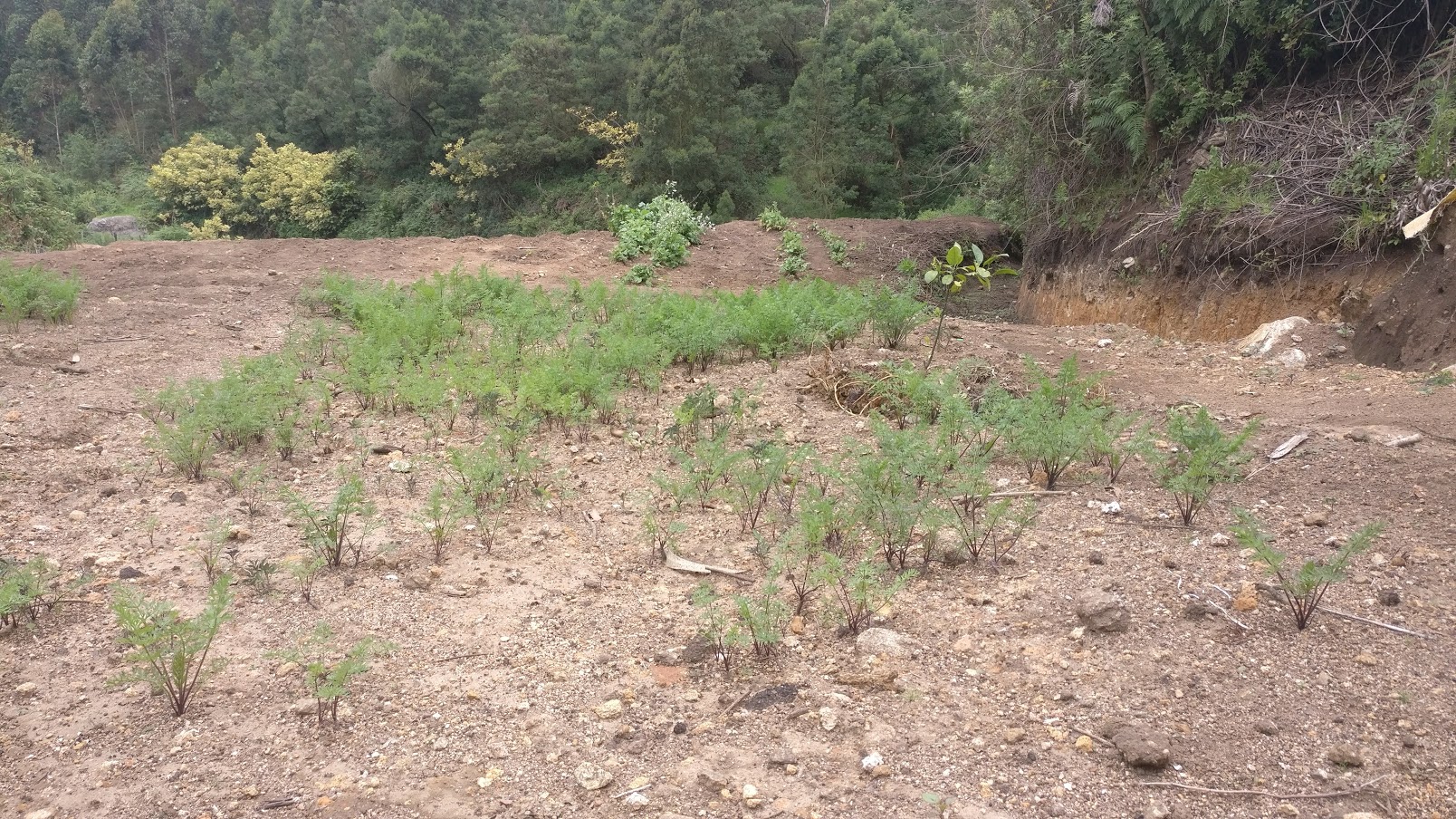
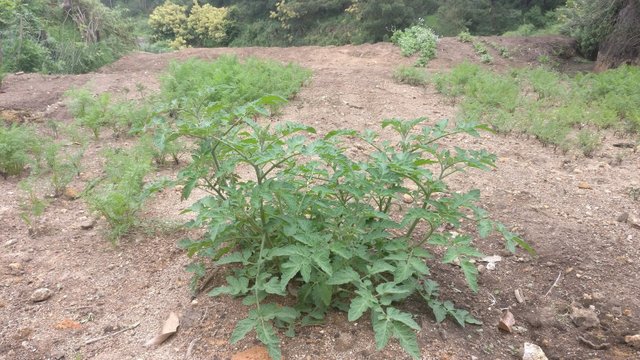.jpg)
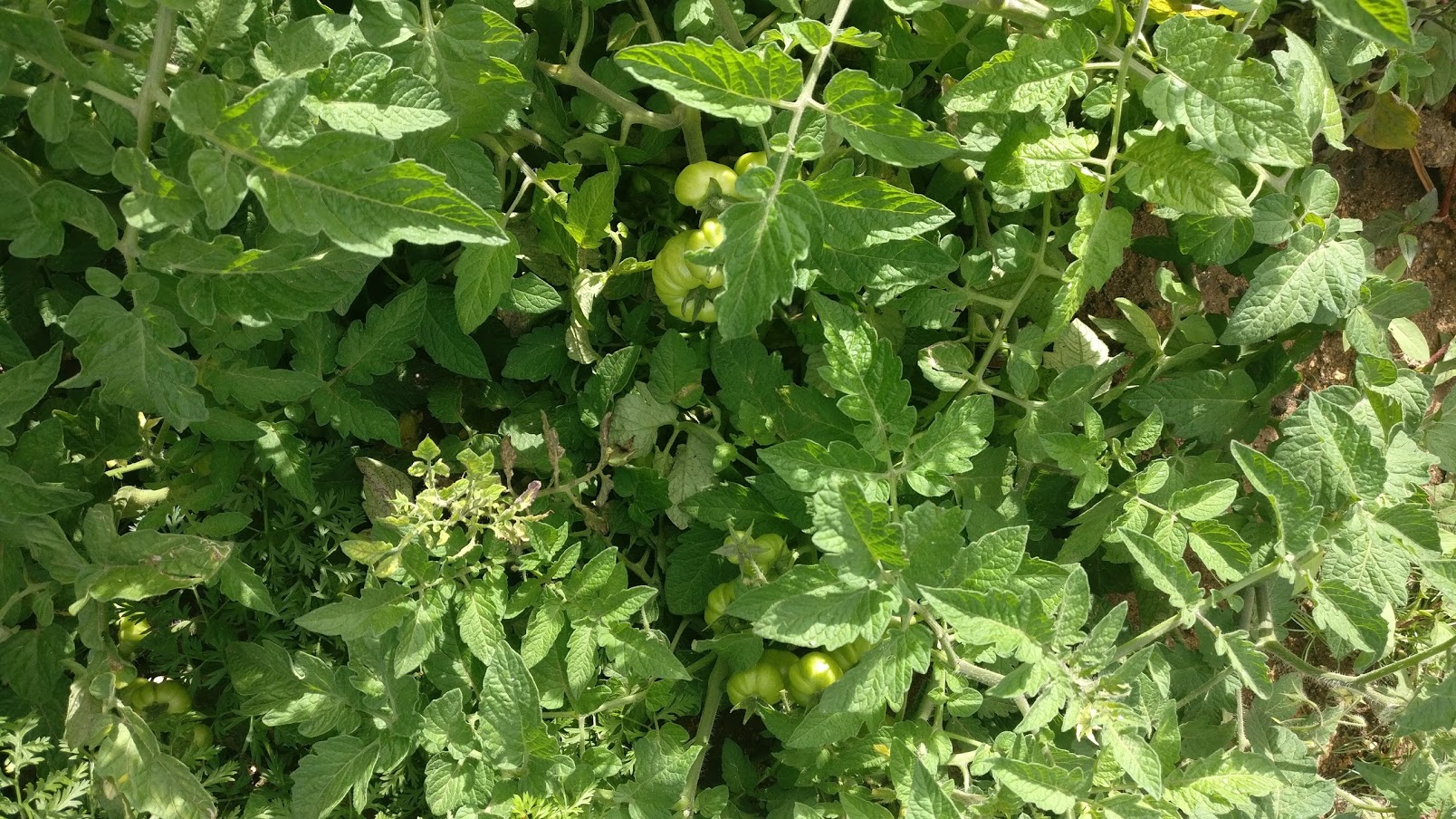
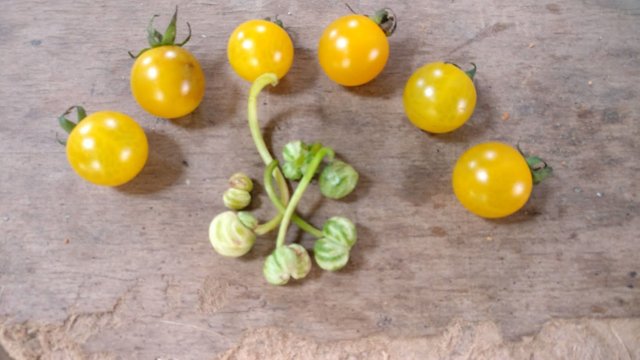
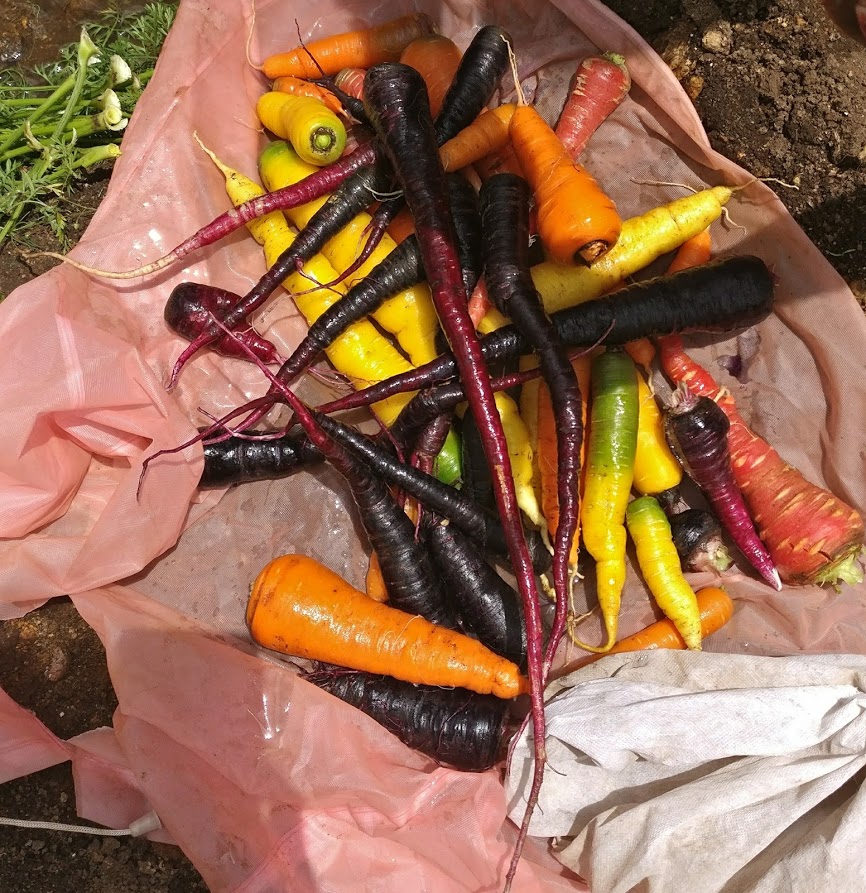.jpg)
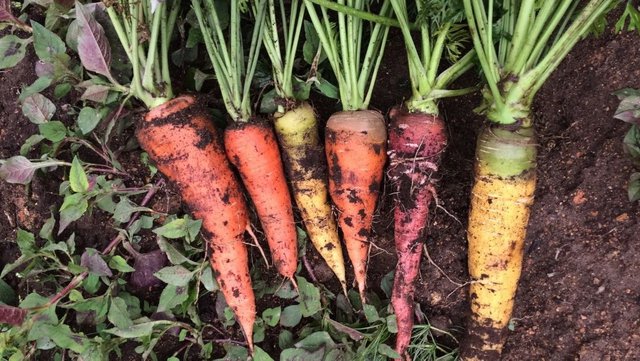
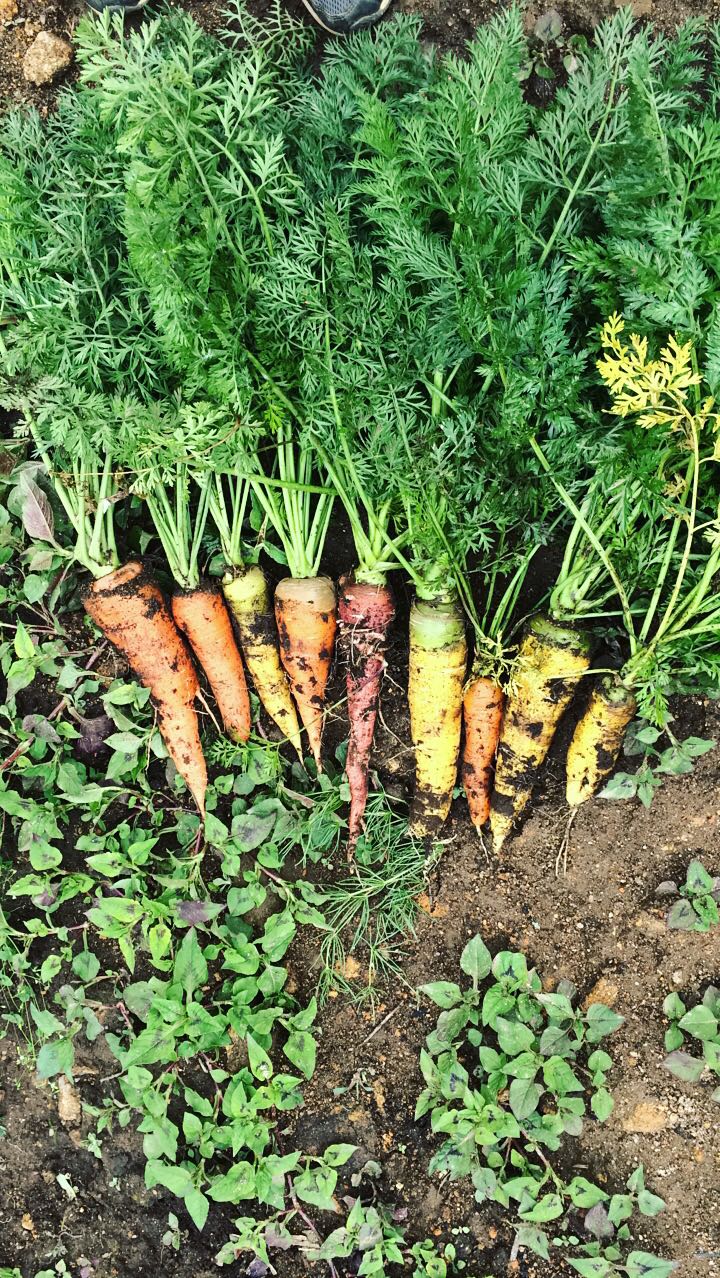
The carrots did better than the tomatoes and we got a yield of around 50 kilograms from just one bed. Even though they are biennial plants, meaning they require two seasons to flower, ours produced flowers within a year. We've of course saved the seeds to use for later.
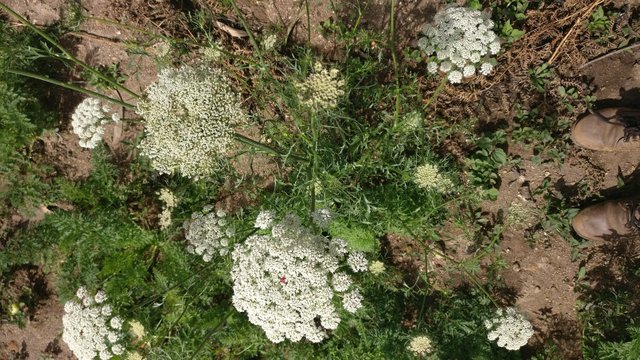.jpg)
We're still learning about planting and effective ways to get decent yields, but I was thrilled at our outcome. Especially the rainbow coloured carrots. I gave most of them away and took them all over the country where they were fed to people in Bangalore, Goa, Mysore, Kodaikanal and Chennai. It was so satisfying to eat the vegetables that I had seen grow slowly. Perhaps I have a bit of a bias, but those were the tastiest carrots I've ever eaten. I even pickled them and still have some left, but I'll save that for another post.

| PAL-Minnow Support Project | Homesteaders Online |











.jpg)


.jpg)


.jpg)












.jpg)


.jpg)


.jpg)



The three sisters is one of my favorite ways to stack the functions of the plants! Your carrots look beautiful @soulturle!🤗
Thank you! Looking forward to doing it better next season.
That’s incredible, it must be so rewarding to be able to plant the food that sustains you, to learn what works and what doesn’t. How many people are there?
Well the people change. As of now I'm the only one from my family frequenting the place. We have neighbours and their extended family helping with the labour. Larger projects involve up to 10 of them. We're yet to move in there and build a community, but that's in the works this year. It really is gratifying eating my own food which I know is healthy and happy. Self sufficiency is still a long way off but discovering people has taught me that self reliance as a group is a lot more possible.
The Amaranth is lovely! Those colors are quite beautiful. Can I have a carrot? lol they look delicious. Im planning on growing carrots this summer. Never thought of growing them together with tomatoes. This blog has given me good insight and knowledge. Thank you for sharing.
Thank you! Take more than a carrot, have one of each colour, lol. Companion planting has a lot of benefits. There's a whole bunch more I want to try out. Glad this was insightful, it helped me learn a little more about plants too!
looks yummy! good growing :D
lol seeing your post I know what i want to eat :-) Nice roasted forgotten, veges, like the coloured carrots. And your tomatoes must taste fantastic too!
Haha, thank you. A lot of people seem to have gotten used to the identical symmetrical vegetables seen in markets. These misshapen odd veggies often get overlooked but are actually more nutritious. I was really happy with our yield. Forgotten vegetables are the best!
for me too :-) and indeed the forms in supermarkets from fruits and veges !! :-o Do you know that when a cucumber is to bent they may not sell it in Europe! not even second best or anything manipulated food. grrrr
Gorgeous abundance! Looking nice and birght. I love to see the amaranth, we too love this great plant. Is it common plant in your bio region? We've found how productive this plant is as a volunteer. Happy to see you successes!
Thank you! Amaranth is fairly common, but it's not commonly found in restaurants. It's mostly the permies and organic farmers who grow it. It really was great to actually literally get the fruits of our labour. The next step is to figure out how to do it on a recurring basis.